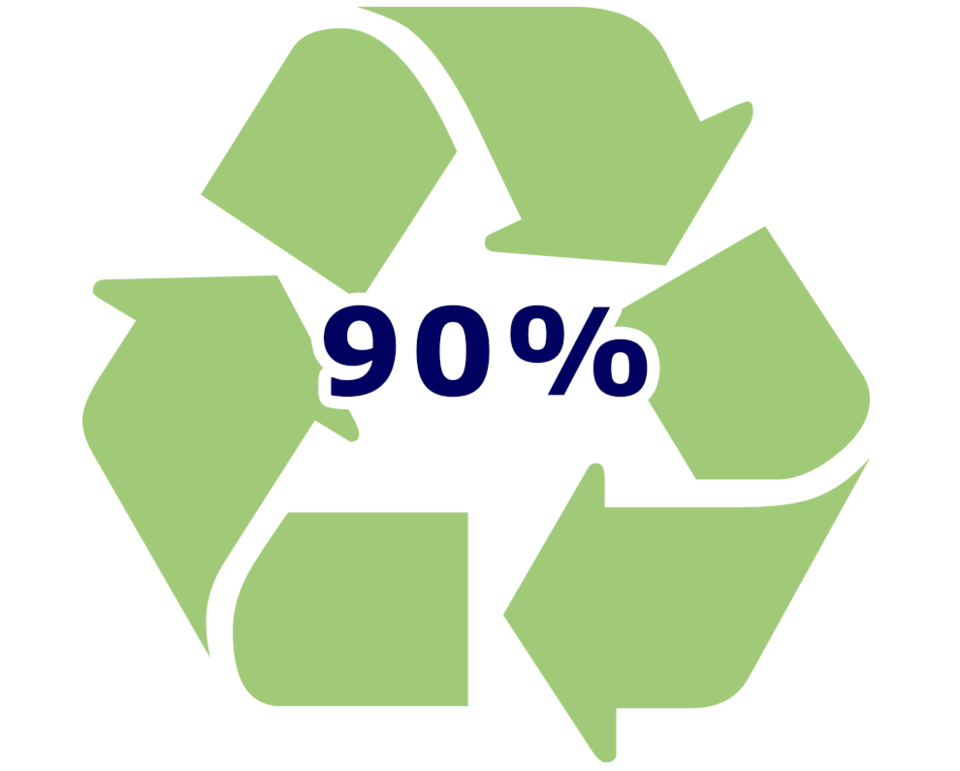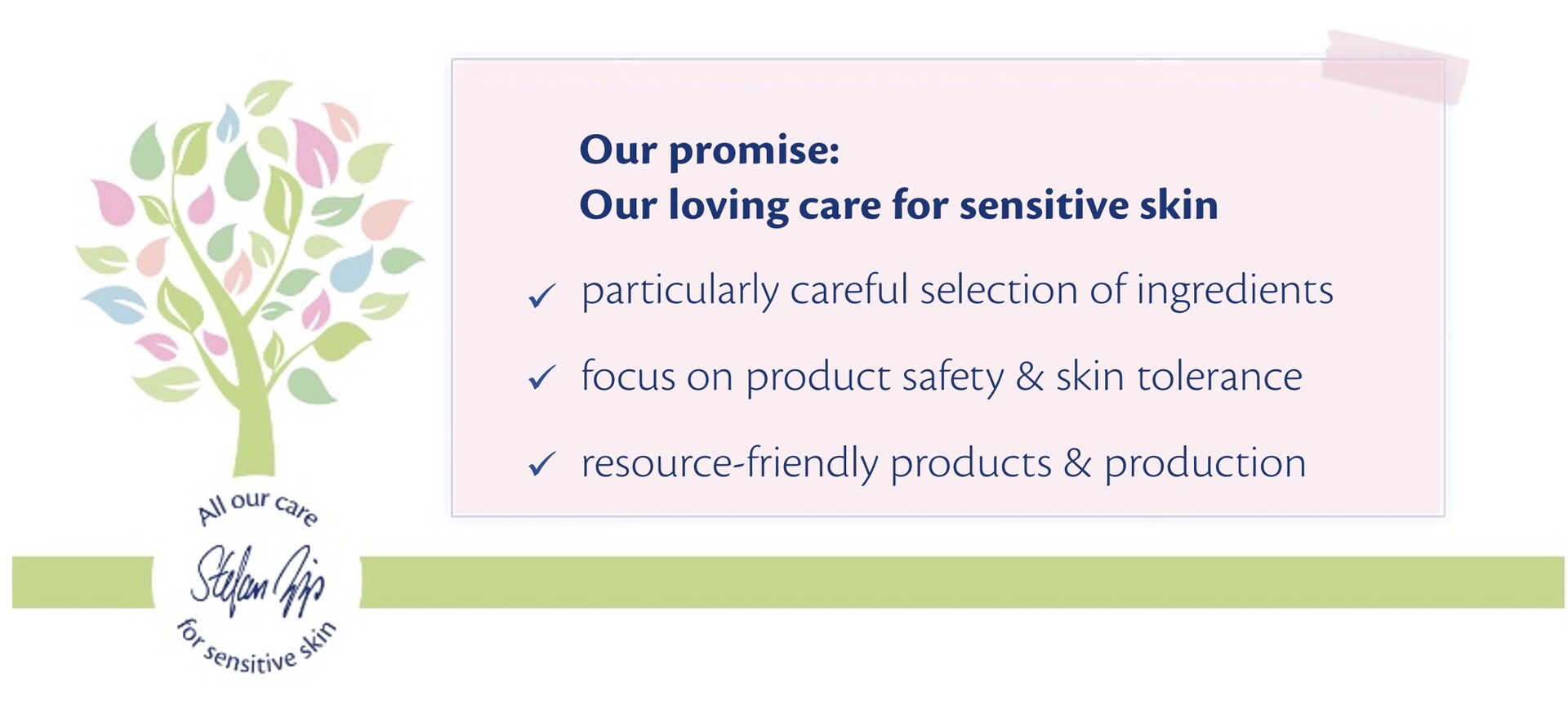Sustainable packaging at HiPP
Waste processing – What actually happens to our waste?
Waste is incorrectly deposited recyclable material. Residual waste is largely incinerated and thereby recycled in the best possible way, as waste incineration plants can generate heat for surrounding households and buildings (district heating).
Recyclable materials should be collected separately and sorted so that they can be recycled. This means: The raw materials obtained from this may, for example, be used as the basis for new garbage bags, flower pots and shopping baskets. Ideally, they are also used to make new packaging material. The more meticulously consumers separate the various components of packaging (e.g. remove the aluminum foil lid from yoghurt pots), the better they can be recycled.
What is the reason why HiPP packaging does not have a 100% recyclability rate?
There are certain indispensable substances such as printing inks and adhesives that interfere with the recycling process. 100% recyclability is also impossible due to some necessary compound materials. Only transparent and unprinted packaging have a recyclability rate of 100%. These kinds of packaging would, however, not provide the necessary UV protection for sensitive contents. The recyclability of our packaging is therefore as high as the production process and the respective products allow. The packaging of our HiPP Baby Oil, for example, has a recyclability rate of 99%, as the lid and bottle are made of the same material.
What exactly is recycled material? Where does it come from and how can it be used?
The best-known recycled material is probably recycled paper. So recycled material is the product of a recycling process. Plastic is also a material that can often be recycled. However, these recycled plastics cannot be used to produce new food packaging as they would not meet the necessary “cleanliness” requirements.
This is different for glass and aluminium: Recycled glass or aluminium can perfectly be used to produce new food packaging, because they are processed at a very high temperature during the recycling process, which eliminates any impurities.
Why do we not use recycled plastics to produce new packaging?
We already use recycled glass in food contact materials such as our baby food jars. The quality and safety of the packaging and the packaging materials used are very important to us at HiPP. This is because the well-being and safety of babies and toddlers is our top priority.
Given that the latest state of technology in sorting, shredding and washing waste plastic does not provide a sufficiently high material quality, using recycled plastics in food contact packaging for infants and toddlers is not an option for us.
Recycled material can only be as good as the waste materials used. At the moment, waste plastic collection does not distinguish between food packaging and packaging for drugs, detergents, motor oil, etc., meaning that they are not separated according to origin or cleanliness but only according to type of plastic.
We are, however, continuously examining the usability of recycled plastics for the packaging of our HiPP skincare range.
The reason why we use recycled material for folding boxes.
At HiPP, we use recycled materials for our folding boxes, whenever they do not come into direct contact with the product content. The folding boxes of our skincare range consist of at least 80% recycled paper.



